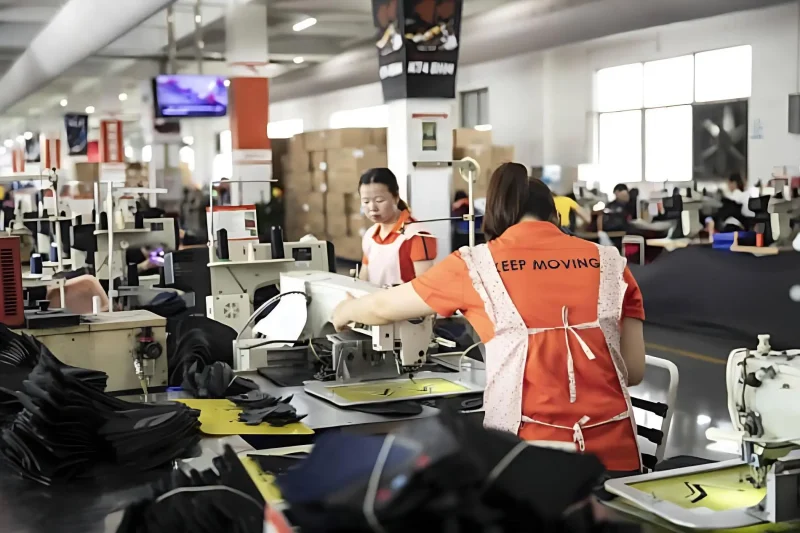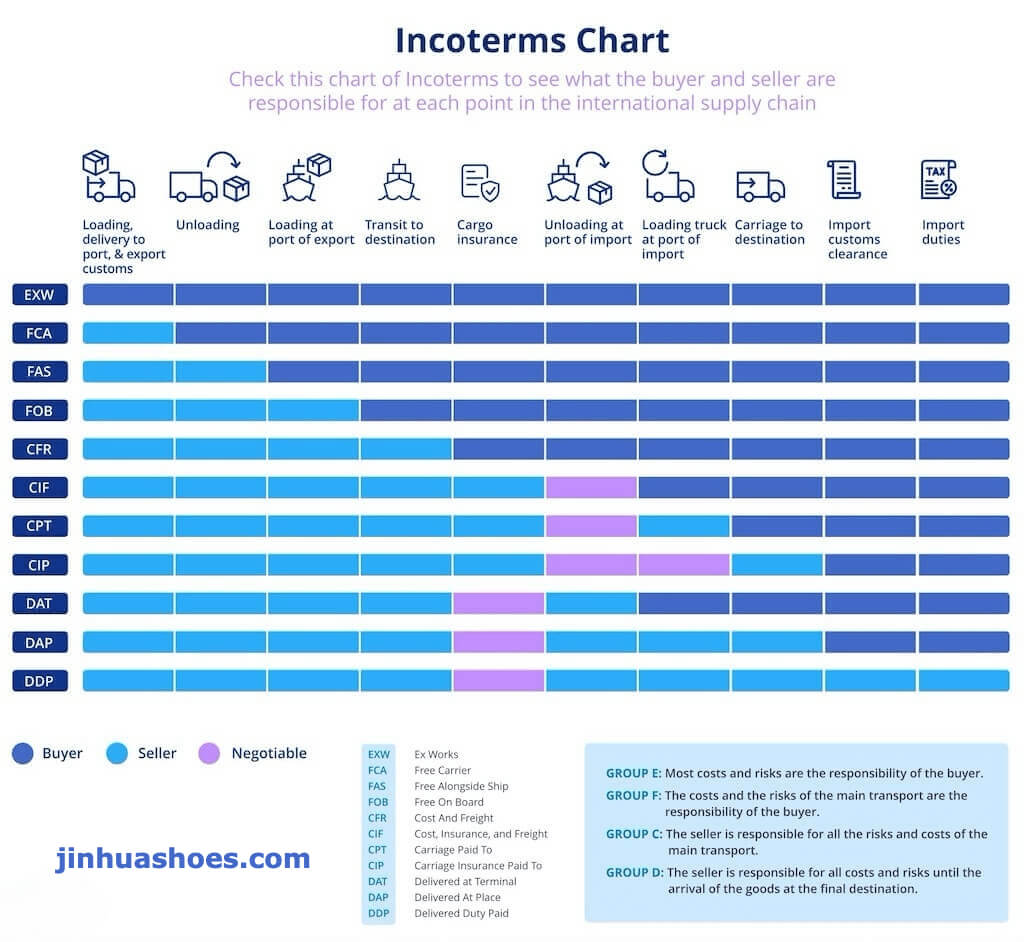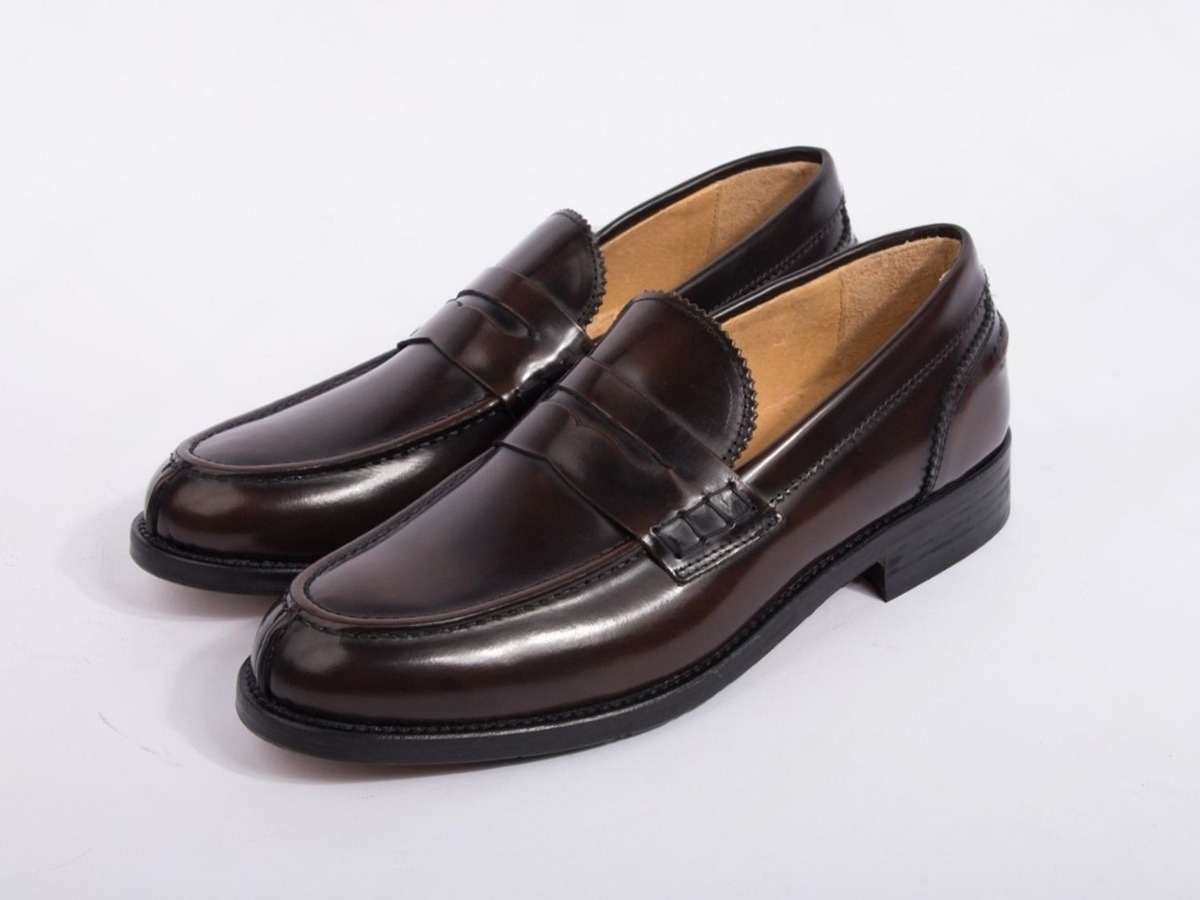For any footwear brand, the dream isn’t just to design a great shoe. The dream is to get that great shoe made, consistently, without the constant fear of a disastrous production run wiping out your profits. You’re a brand founder, a buyer, a sourcing director—you already know the stakes. A single bad batch of custom leather boots or a three-week delay on your shipment of bestselling minimalist sneakers can do more than hurt your bottom line; it can damage the trust you’ve built with your customers.
The conversation around sourcing footwear from China is often stuck in the past, centered on a simplistic view of rising labor costs. But the reality on the ground has evolved dramatically. While headlines have pushed a narrative of mass exodus, the world’s most sophisticated brands understand a more nuanced truth: China is no longer the world’s cheap factory. It has become the world’s indispensable innovation and quality hub for complex footwear.
Success today isn’t about finding the cheapest quote. It’s about building a trusted, resilient partnership that can navigate geopolitical shifts, meet accelerating demands for sustainable footwear, and deliver the kind of quality that builds a brand for the long haul. This isn’t just another guide on how to find a supplier. This is a strategic roadmap for building a bulletproof partnership that becomes your most durable competitive advantage.
The New Reality: Why China Still Dominates High-Value Footwear Manufacturing
The “China+N” strategy is a smart move for supply chain resilience, but it’s not an exit strategy. It’s a diversification strategy. To understand why, you have to look beyond the hourly wage numbers.
While China’s average factory wage (around $6.50/hour) is higher than that of Vietnam (around $2.99/hour), a myopic focus on labor cost is a classic rookie mistake. The real metric to watch is the total landed cost, and this is where China’s true value becomes clear.
Case Study: The Integrated Supply Chain Advantage A US-based brand specializing in high-performance waterproof hiking boots decided to test production in both China and a newer Southeast Asian hub. While the per-unit labor cost was 40% lower in the new hub, the project faced a six-week delay. Why? They had to import specialized waterproof membranes, high-abrasion rubber outsoles, and even the specific durable laces from China.
In contrast, the Chinese factory sourced over 95% of the same high-quality components within a 100-mile radius. The result? The Chinese-made boots had a total landed cost that was only 5% higher, but they arrived eight weeks earlier, allowing the brand to capture the peak hiking season. This is the power of China’s deeply integrated supply chain—an ecosystem that no other country can yet replicate at scale.
This ecosystem is also a hotbed of innovation. National initiatives like Made in China 2025 have poured billions into factory automation. Today, China’s operational robot stock exceeds two million units, making it the most automated manufacturing nation on earth. For your brand, this translates to:
Unmatched Precision: AI-powered visual inspection systems can catch tiny defects in running shoe cushioning or misaligned stitching on classic loafers that the human eye might miss, driving defect rates down to below 0.5%.
Incredible Efficiency: One skilled technician can now oversee a bank of ten automated flyknit machines, producing thousands of custom uppers for lightweight athletic shoes daily.
Rapid Prototyping: Advanced 3D printing can turn a digital design for a new fashion sneaker sole into a physical prototype in under 48 hours, slashing development cycles.
The smart strategy isn’t to leave China; it’s to leverage China for what it does best: complex, high-margin, and innovative footwear.
The Three Non-Negotiable Pillars of a Trusted Partnership
Building a reliable partnership requires a level of due diligence that goes far beyond exchanging emails and comparing price quotes. Your success will be built on three foundational pillars. If a potential partner is weak on any one of these, walk away.
Pillar 1: A Verifiable, Almost Obsessive, Commitment to Quality
Quality isn’t a department; it’s a culture. A single quality failure—a batch of children’s school shoes with soles that detach or work boots that fail safety standards—can be catastrophic. Here’s how to verify a factory’s commitment:
Certifications are the Table Stakes: ISO 9001:2015 is the absolute minimum. It proves they have a documented, repeatable quality management system. Don’t just take their word for it; ask for the certificate and verify the number.
Demand Testing Protocol Evidence: A great factory doesn’t just make shoes; it tests them. They should be using international standards like ASTM (American Standard Testing Materials) for material strength and SATRA for durability and wear resistance. Ask them to show you recent test reports for products similar to yours. A confident partner will be proud to share this data.
Implement a Three-Stage Inspection You Control: Never cede control of quality inspection.
Pre-Production Inspection: Your inspector must verify all raw materials before they are cut. Is the leather the correct grade? Is the EVA foam for the orthopedic shoe insoles the right density?
During-Production (DUPRO) Inspection: Have an inspector on the line when the first 10-20% of your order is being assembled. This is where you catch systemic problems before they ruin the entire batch.
Final Random Inspection: This is your last line of defense. Before you pay your final balance, your inspector should conduct a random check based on AQL (Acceptable Quality Limit) standards.
Pillar 2: Ironclad Intellectual Property (IP) Protection
This is a big one. IP theft is a real risk, but it’s an entirely preventable one. China operates on a “first-to-file” IP system. This means that whoever registers your brand name or design patent in China owns the rights there, even if you created it.
Your IP Protection Action Plan:
Register Everything First: Before you even send that first email with your designs for those new vegan leather sneakers, you must file your trademarks (including a Chinese character version of your name) and any design patents with the CNIPA (China National Intellectual Property Administration).
Use a China-Specific NNN Agreement: A standard Western-style NDA is practically useless in a Chinese court. You need a lawyer who specializes in Chinese contract law to draft an NNN (Non-Use, Non-Disclosure, Non-Circumvention) agreement. It must be in Chinese and specify Chinese law as the governing jurisdiction. This is your single most powerful legal tool.
File with China Customs: After registering your IP with CNIPA, also register it with China’s customs agency. This empowers them to seize counterfeit versions of your products at the border. In 2024 alone, they seized over 1.5 million counterfeit footwear items for brands that took this crucial step.
Pillar 3: Proof of Ethical Sourcing and Full Transparency
In today’s market, “how it’s made” is just as important as “what is made.” Consumers demand it, and now, regulators require it. The EU’s Corporate Sustainability Due Diligence Directive (CSDDD), for example, will impose massive fines (up to 5% of global turnover) for human rights or environmental violations anywhere in a company’s supply chain.
Require Key Audit Reports: Don’t just ask if they are an ethical factory; ask them to prove it. Demand current, valid audit reports from internationally recognized bodies like BSCI (Business Social Compliance Initiative) .
Insist on Transparency: A trustworthy partner will be open to unannounced audits. This is a critical way to verify that the standards you see in the report are being maintained year-round, not just on the day of the scheduled audit.
Embrace Traceability Tech: Modern platforms, often using blockchain, can now trace a product from the raw material source to the finished shoe. Ask potential partners what systems they have in place to provide this level of visibility.
From Supplier to Strategic Partner: A Roadmap for Growth
Finding a factory that meets these three pillars is just the beginning. The goal is to evolve the relationship from a simple transactional one to a true strategic partnership.
Phase 1: The Pilot Program (Months 1-6)
Start small. Don’t place a massive order with a new factory, no matter how good they look on paper. Begin with a limited run of one or two styles, perhaps a line of women’s fashion boots or men’s casual dress shoes. This pilot phase is your real-world test. Pay close attention to:
Communication: How quickly and clearly do they respond? Do they proactively identify potential problems?
Quality Consistency: Does the 500th pair look as good as the “golden sample” you approved?
Reliability: Did they meet the agreed-upon delivery date?
Phase 2: Deepening the Collaboration (Months 7-18)
Once a partner has proven themselves in the pilot phase, it’s time to deepen the relationship.
Increase Order Volumes: Reward consistent performance with larger, more predictable orders.
Collaborate on Innovation: Bring them into your development process earlier. Ask for their input on new materials for slip-resistant safety shoes or more efficient ways to construct eco-friendly sandals. Their on-the-ground expertise can be invaluable.
Invest in Joint Systems: Implement shared digital platforms for supply chain tracking or quality management to improve transparency and efficiency for both sides.
Phase 3: The True Strategic Partnership (Year 2 and Beyond)
This is the ultimate goal. At this stage, you view each other not as a buyer and a vendor, but as integrated partners in each other’s success.
Develop Exclusive Lines: Work with them to create exclusive products that leverage their unique capabilities, whether it’s a proprietary cushioning technology or a special kind of sustainable leather.
Share Long-Term Forecasts: Give them visibility into your 12- to 18-month plans. This allows them to book production capacity and raw materials for you, leading to better pricing and guaranteed availability.
Mutual Investment: You are both invested in each other’s growth, sharing best practices and navigating market challenges together.
Frequently Asked Questions
Q1: We have a very unique and complex design. How can we be sure a factory like Jinhua Shoes can handle it and protect our IP before we send the full tech pack?
A: This is the most important question to ask. Our process is built on trust and verification. We start by signing a legally binding, China-specific NNN (Non-Use, Non-Disclosure, Non-Circumvention) agreement before you share any sensitive details. Then, we can have a technical call with our engineering team to review the general complexity of your design. This allows us to confirm our capabilities without you having to reveal your core intellectual property. We only proceed when both sides are 100% confident.
Q2: Many factories quote a low price initially, but then add extra costs later. How do you handle pricing transparency?
A: We believe in a “no surprises” approach. The detailed quote we provide after reviewing your tech pack is comprehensive. It will clearly separate the per-unit cost (FOB) from any one-time costs, such as new mold development. Any potential variables, like fluctuations in specific raw material costs, will be discussed and agreed upon upfront. Our goal is to be your long-term partner, and that relationship can only be built on a foundation of complete transparency.
Q3: We’re a growing brand and can’t meet the high MOQs of large factories. What is your approach to working with brands that are scaling up?
A: We were a growing business once, too, and we understand that flexibility is key. We don’t have a single, rigid MOQ for all products. Instead, we work with you to find a solution. For many styles, we can start with more flexible quantities (often as low as 300-500 pairs) to help you test the market. Our focus is on building a long-term partnership, and we are structured to grow with our clients, from their first small order to their global production runs.
Conclusion: Trust is Built on Verification and Mutual Respect
Building a successful manufacturing partnership in China requires a fundamental shift in mindset. It’s time to move beyond the outdated search for the lowest possible price and instead focus on finding a partner who can deliver the highest possible value.
The path to success is paved with rigorous due diligence, ironclad legal protections, and a genuine commitment to building a collaborative, long-term relationship. The brands that will win in the next decade will be those that master this complex art—leveraging China’s incredible manufacturing and innovation engine while mitigating risks through smart, deep, and trusted partnerships.
Remember these key takeaways:
Think Landed Cost, Not Labor Cost: China’s value is in its integrated supply chain and efficiency.
Protect Your IP First: Register your trademarks and use an NNN agreement before you share anything.
Control Your Quality: Implement a three-stage, independent inspection process.
Start Small and Verify: Use a pilot program to test a new partner before scaling.
Build a Partnership, Not a Vendor List: The ultimate goal is a long-term, collaborative relationship built on mutual trust and investment.
The opportunity is immense for those who are willing to do the work. By following this strategic roadmap, you can build a manufacturing partnership that not only delivers exceptional products but also becomes a cornerstone of your global success.
If you’re looking for a trusted shoe supplier in China, following our strategic roadmap will not only deliver high-quality products but also help you build a solid partnership. Contact us today for a free supply chain consultation. You can start the conversation by reaching out to our expert team through your preferred channel below.
📧 Email: sales@jinhuashoes.com
(You’ll get personalized, expert feedback within 12 business hours.)



